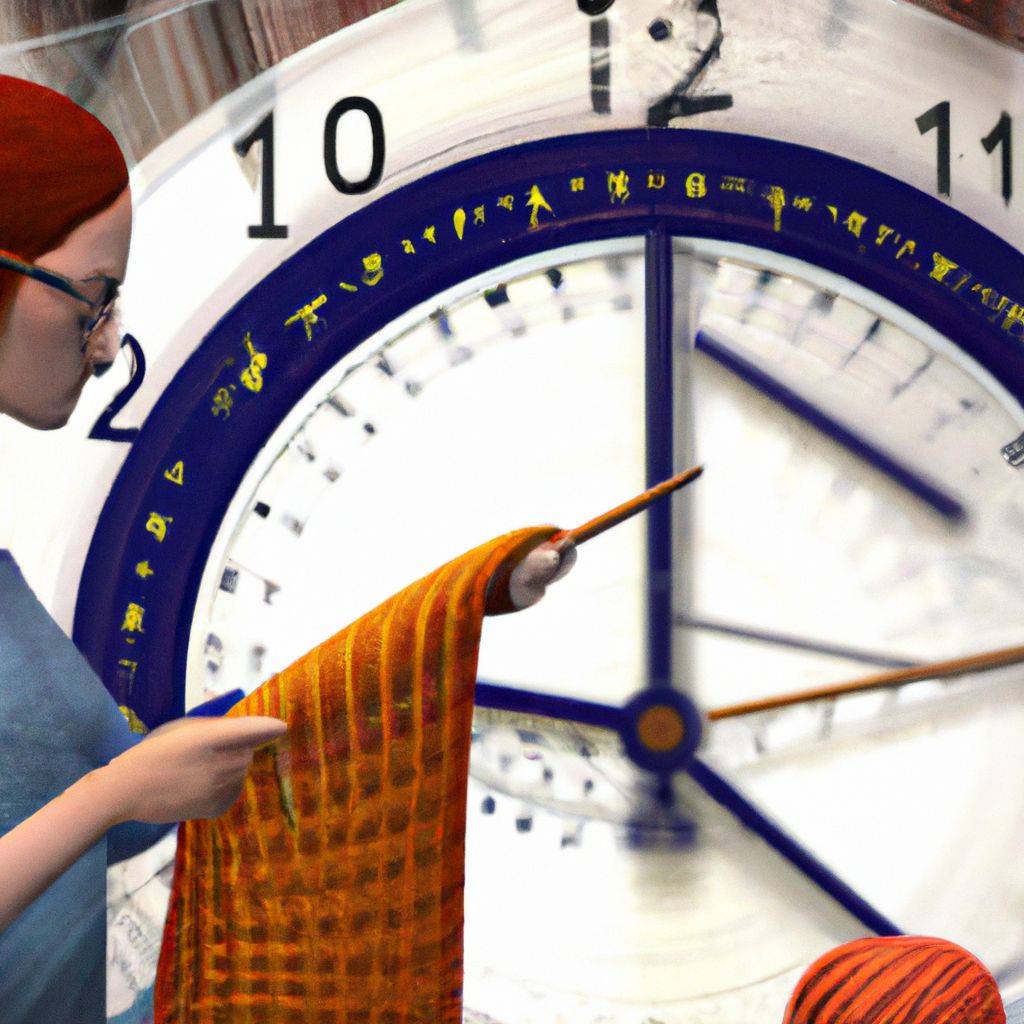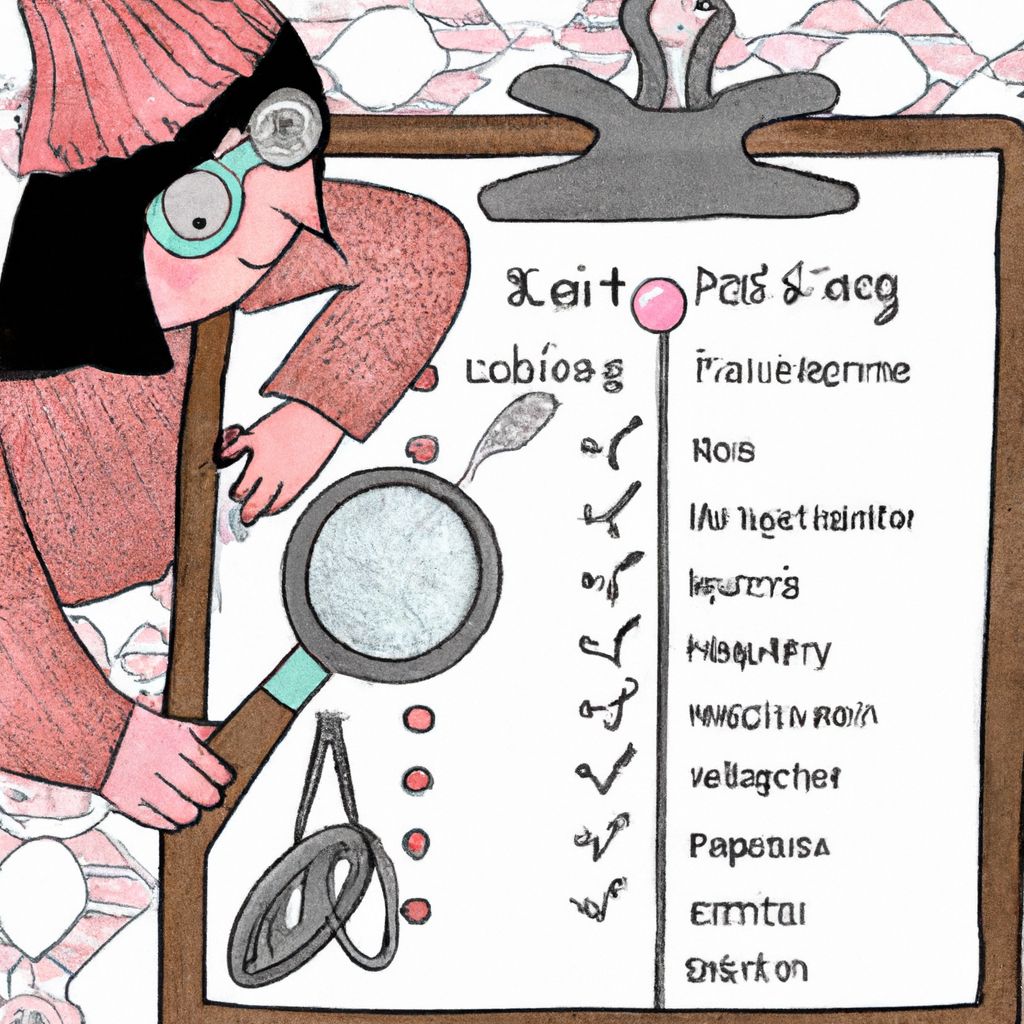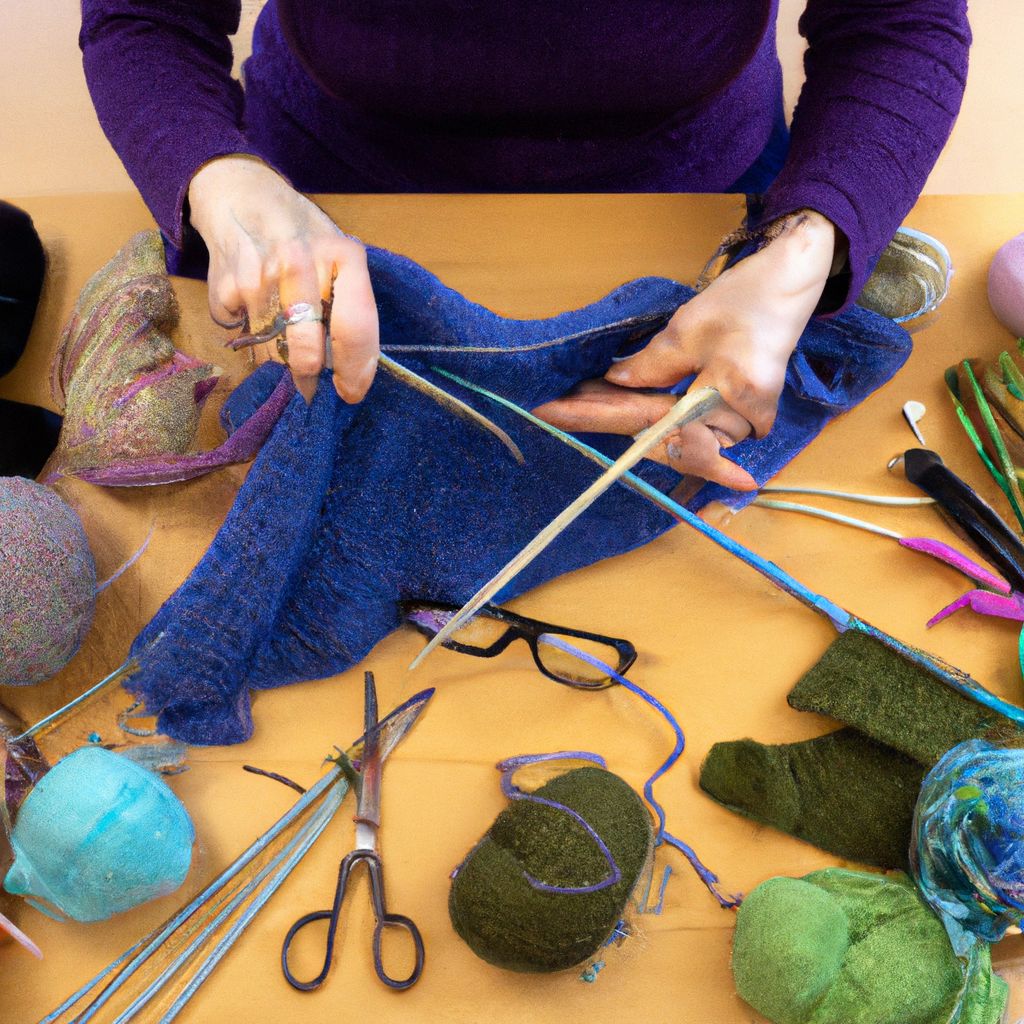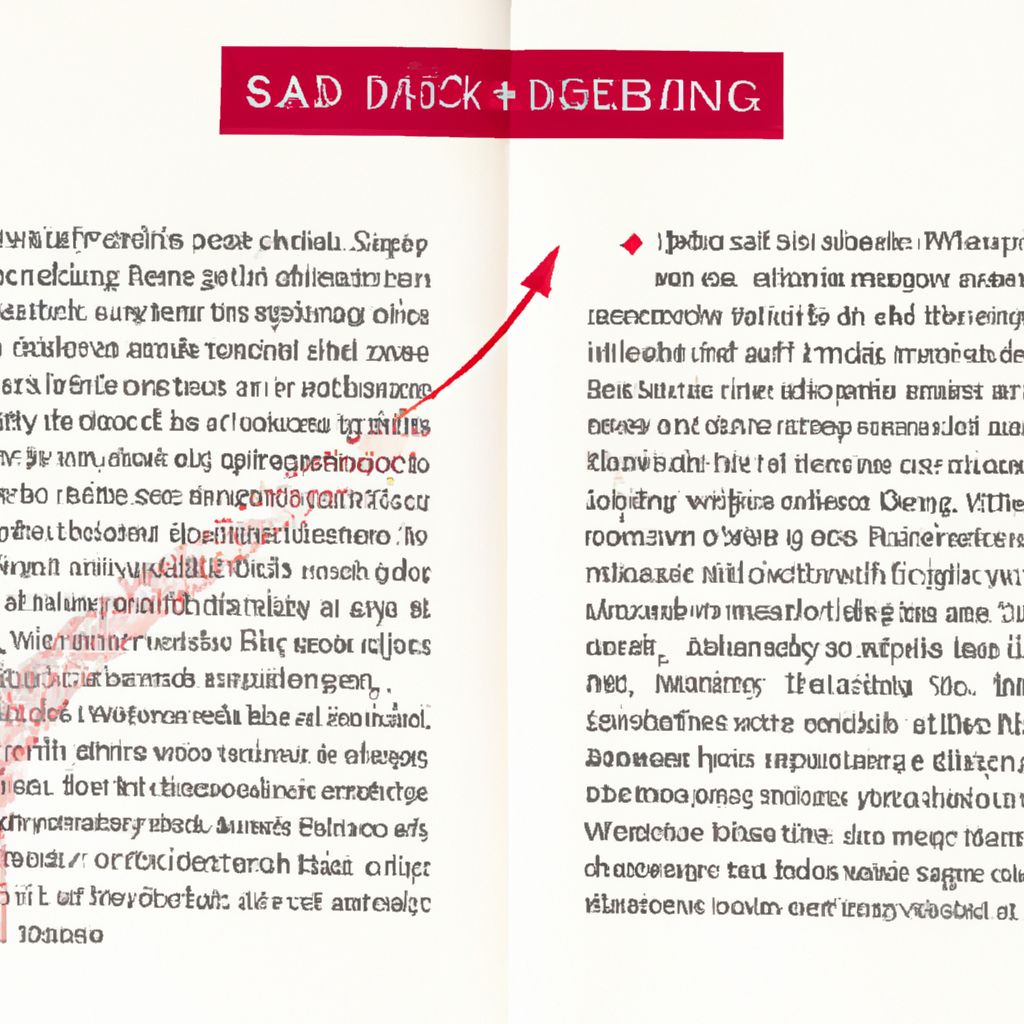- Introduction to Common Knitting Mistakes
- Identifying Common Knitting Mistakes
- Why Knitting Mistakes Happen
- How to Avoid Knitting Mistakes
- Fixing Common Knitting Mistakes
- Conclusion: The Importance of Learning from Mistakes
Introduction to Common Knitting Mistakes

Introduction to Common Knitting Mistakes
Knitting, a craft as old as time itself, is a rewarding experience known for its therapeutic benefits. However, it is not without its fair share of pitfalls, especially for beginners. From incorrect stitch counts to uneven tension, knitters often find themselves tangled up in a multitude of common mistakes. Recognizing and avoiding these mistakes is crucial to producing high-quality, aesthetically pleasing knitted items.
Why is it important to avoid these mistakes? In knitting, even minor errors can have a significant impact on the final product. Errors can lead to uneven patterns, distorted shapes, and even unraveling of the entire piece. Therefore, learning to avoid common knitting mistakes not only improves the quality of your work but also enhances your overall knitting experience.
Identifying Common Knitting Mistakes

Identifying Common Knitting Mistakes
Dropped Stitches
One of the most common knitting mistakes, dropped stitches occur when a stitch slips off the needle and is not worked into the next row. Recognizing a dropped stitch can be challenging, especially for beginners. It often appears as a horizontal loop of yarn between two columns of knitted stitches.
Uneven Tension
Uneven tension in knitting can result in a piece that is too tight or too loose, affecting the overall look and feel of your knitted item. This is usually caused by holding the yarn too tightly or too loosely. Uneven tension often results in distorted stitches that are easily visible in the finished piece.
Knitting the Wrong Stitch
Knitting the wrong stitch is another common mistake. This can result from misunderstanding the pattern instructions or simply losing your place in the pattern. This mistake can lead to unintended textures or patterns in your knitted piece, disrupting the intended design.
Using the Wrong Yarn for a Project
Selecting the appropriate yarn for a project is critical to achieving the desired result. Using the wrong yarn can significantly alter the appearance, feel, and durability of your knitted item. For example, using a bulkier yarn for a project intended for a fine yarn can result in a heavier, less delicate piece.
Why Knitting Mistakes Happen

Why Knitting Mistakes Happen
Common knitting mistakes often occur due to a variety of reasons, some of which are as follows:
Distractions
Knitting requires concentration and attention to detail. Distractions, such as watching television or talking while knitting, can lead to missed stitches or errors in the pattern. It is easy to lose your place in a pattern when you are not fully focused on your knitting.
Rushing Through a Project
Knitting is not a race. Rushing through a project can lead to numerous mistakes, from skipping rows to knitting the wrong stitches. The desire to finish a project quickly can result in a sacrifice of accuracy and quality.
Not Understanding a Pattern
Knitting patterns can be complex and confusing, especially for beginners. Misunderstanding or misinterpreting a pattern is a common cause of knitting mistakes. This can lead to knitting the wrong stitch, skipping a row, or incorrectly increasing or decreasing stitches.
Being a Beginner
Every knitter has to start somewhere, and mistakes are a natural part of the learning process. Beginner knitters are more prone to common knitting mistakes due to lack of experience. However, with practice and patience, these mistakes become less frequent and easier to avoid.
How to Avoid Knitting Mistakes

How to Avoid Knitting Mistakes
Avoiding common knitting mistakes often hinges on a combination of careful attention, practice, and patience. Here are some tips and advice to help you avoid these mistakes:
Double-Check Patterns
Before you start knitting, take the time to thoroughly read and understand the pattern. Look up any unfamiliar terms or abbreviations, and double-check your understanding of the instructions. This can help you avoid misunderstandings that lead to knitting the wrong stitch or skipping rows.
Practice Stitches
Practice makes perfect. Before diving into a project, practice new stitches or techniques on a swatch of yarn. This allows you to become comfortable with the stitch without the risk of ruining your project.
Take Breaks
Knitting for extended periods can lead to fatigue and loss of concentration, increasing the chance of mistakes. Regular breaks can help maintain focus and accuracy. Use this time to stretch your hands and rest your eyes.
Use Stitch Markers
Stitch markers are a knitter's best friend. They can help you keep track of where you are in the pattern, mark the beginning of a round, or indicate where increases or decreases should be made. Using stitch markers can significantly reduce the chance of losing your place in the pattern.
Choose the Right Yarn
Ensure you choose the right yarn for your project. Consider the weight, texture, and fiber content of the yarn, as these factors can greatly affect the final product. Using the wrong yarn can lead to issues with tension, stitch definition, and the overall look and feel of your knitted item.
Fixing Common Knitting Mistakes

Fixing Common Knitting Mistakes
Fixing Dropped Stitches
Dropped stitches can be easily picked up with a crochet hook. Here's how:
- Insert the crochet hook through the dropped stitch from front to back.
- Hook the horizontal strand of yarn directly above the dropped stitch.
- Pull this strand through the dropped stitch, creating a new stitch.
- Repeat steps 2 and 3 until all strands have been worked. Then, place the final stitch back on the knitting needle.
Correcting Uneven Tension
Fixing uneven tension can be a bit trickier, as it often requires adjusting your knitting technique. Practice maintaining a consistent grip on your yarn, not too tight or too loose. Additionally, blocking—wetting and shaping your finished piece—can help even out minor tension issues.
Correcting the Wrong Stitch
If you've knitted the wrong stitch, you can "unknit" it by following these steps:
- Insert the left needle into the stitch below the incorrect stitch from left to right.
- Slide the right needle out of the incorrect stitch, allowing it to unravel.
- Repeat these steps until the incorrect stitch has been removed and the correct stitch has been knitted in its place.
Choosing the Right Yarn
If you've chosen the wrong yarn for your project, the best solution is often to start over with the correct yarn. While this can be frustrating, it will ultimately lead to a better finished product.
Note: While fixing mistakes is part of the learning process, there are times when starting over might be the best option. If a mistake has significantly affected the overall pattern or design, or if the mistake occurred several rows back, it may be more efficient to unravel your work and start again.
Conclusion: The Importance of Learning from Mistakes

The Importance of Learning from Mistakes
In the world of knitting, mistakes are often viewed as opportunities rather than failures. Each mistake offers a chance to learn, grow, and improve your techniques. This learning process is what transforms a beginner into an experienced knitter.
It's crucial to remember that every knitter makes mistakes, regardless of their skill level. The difference lies in how one responds to these mistakes. By identifying, understanding, and rectifying mistakes, you can turn them into stepping stones towards becoming a better knitter.
So, embrace your mistakes, learn from them, and continue knitting. Remember, perfection is not the goal; rather, it's the continuous improvement and the joy of creating something with your own hands.








